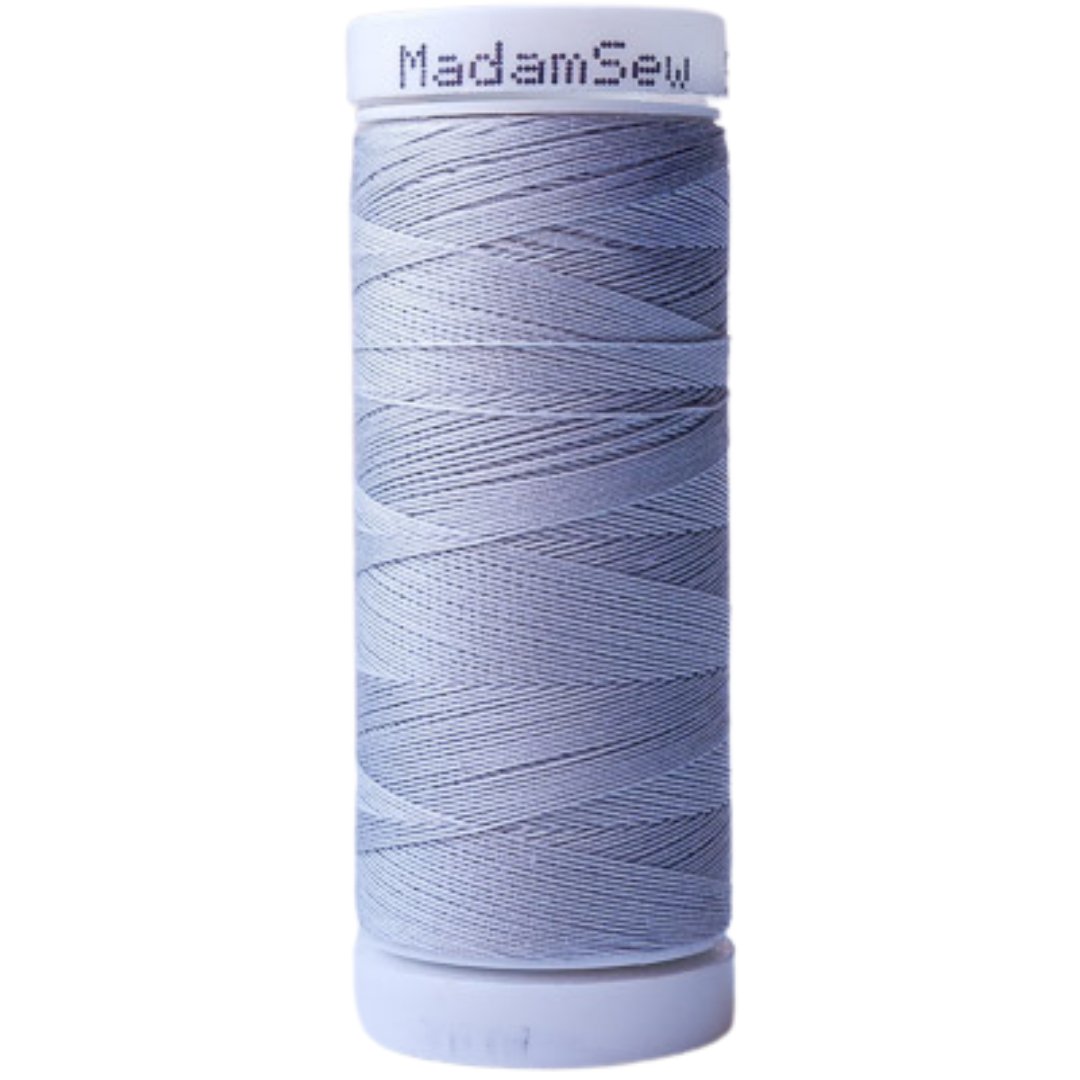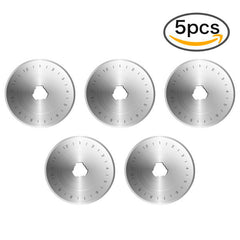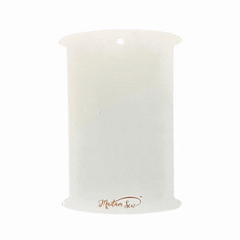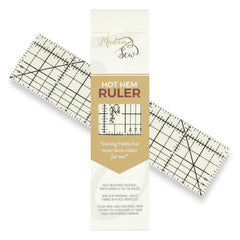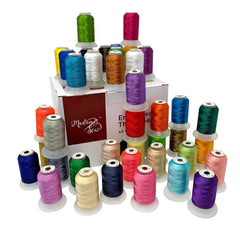Upcycle an Old Sweater Into a Cozy Hot Water Bottle Cover in Just 15 Minutes
Transform an old wool sweater into a custom, snug cover for your hot water bottle—and the best part? It only takes 15 minutes! This easy tutorial will guide you through the steps, so even beginners can create a warm, stylish, and functional cover. It is a quick, budget-friendly, and sustainable craft project! I would even say this is the lazy version of making a hot water bottle cover…no pattern making needed, you can eyeball the tracing or cut without marking and adapt along the way, if necessary.
A hot water bottle cover provides an insulating layer that protects your skin from direct contact with the hot surface. You can custom make this cover for your water bottle style. There is no downloadable pattern so there is no risk that it won’t fit. You can use different fabric scraps or different parts from old sweaters to make this cover. The sweater fabric is used for the body of the cover and I used a rib knit for the ‘neck’ and the ‘shoulders’ of the bottle. Because this rib fabric is very stretchy you can pull the entire bottle through the neck opening, keeping access to the opening where the hot water goes.
It is an easy, fast, economical and therefore very rewarding sewing project. The only thing that might be a little tricky for a beginner is sewing the ribbed fabric to the sweater fabric, because you have to stretch the ribbing fabric while you stitch. But with a little practice and some courage, anyone with basic sewing skills can do this.
Why Is This a Great Project?
• Simplicity: This project requires minimal materials and basic sewing skills.
• Comfort: A soft, woolen cover feels great against your skin and keeps the bottle warm longer.
• Sustainability: Upcycling gives new life to an old sweater, reducing waste.
• Customization: Make it to perfectly fit your bottle and add a touch of personal style.
Materials You’ll Need
• An old sweater: Choose a soft and slightly stretchy fabric for maximum comfort, like wool, fleece or a sweater knit. A large soft scarf would also work. If the fabric isn’t stretchy, allow extra seam allowance when you cut the pattern pieces.
• Pro Tip: Felted wool (shrunk sweaters) works wonderfully, as wool helps to insulate the bottles warmth and regulates the heat excellently. It is comfortable to hold and maintains the heat of the hot water bottle brilliantly. Accidents in the laundry can sometimes spark creative opportunities!
• Ribbing fabric (also called rib knit): This will form the neck of the hot water bottle cover and ensure a snug fit.
• Hot water bottle: You need the dimensions of your bottle or use the bottle itself as a template for cutting the fabric to the right size. You can buy hot water bottles in your local dollar store, pharmacy or even on Amazon.
• Basic sewing supplies: Fabric marker, pins or clips, shears, matching thread, a measuring gauge, and a sewing machine.
Step-by-Step Instructions: Only Five Steps
1. Prepare the Sweater Fabric
• Lay the sweater flat and cut it into manageable pieces: the front piece, the back piece, and the two sleeves.
Pro Tip: Use electric fabric scissors to speed up the cutting process. They cut quickly and smoothly through all seams. They also work wonderfully to disassemble jeans.
• For this project, you’ll need two pieces of fabric roughly the size of your hot water bottle. You can make multiple covers out of a single sweater.
2. Trace the Water Bottle Shape
• Place your hot water bottle on one piece of sweater fabric. Trace around the bottle with a fabric marker, adding ½ inch for seam allowance. You can use a measuring gauge or just eyeball the seam allowance. For fabrics with little stretch, increase the seam allowance slightly (with ¼ to ⅜ inch) so you will be able to insert the hot water bottle comfortably.
• Stop tracing where the bottle begins to get more narrow toward the neck. Add ½ inch and draw a straight line across the fabric to finish the cover main body shape.
• Cut out the traced shape. Use this fabric piece as a template to cut an identical piece from the second fabric section.
3. Sew the Main Body
• Place the two fabric pieces right sides together.
• Pin or clip the edges and sew around the two sides and the bottom with a ⅜ inch seam allowance, leaving the neck area (the top edge) open.
4. Create the Ribbed Neck
• Measure the circumference of your water bottle’s neck. Cut a piece of ribbing fabric that’s the same length as the neck circumference. It has to stretch horizontally.
• For the height, measure the distance from the top of the body to the end of the neck. The width of the neck of the cover can’t be too snug because the whole bottle has to fit, so make sure it isn’t too big (not pretty) but neither too small (not practical). Add a ½ inch seam allowance on both edges for the length and on one edge for the width.
• If you want a folded neck on your cover, like a turtle neck sweater, you need to add some extra inches on top before you cut the ribbing.
• Pin or clip the two ends of the ribbing strip together and sew them together to create a loop.
5. Attach the Neck to the Body
• Pin the ribbing loop to the open neck edge of the body, right sides facing each other. Stretch the ribbing evenly as you pin to distribute it around the neck opening.
Pro Tip: Stretching the ribbing while sewing can be tricky. Take it slow, and don’t hesitate to practice on scraps first.
• If you’re doubling the length of the ribbing for a folded finish, pin the body’s right side to the ribbing’s wrong side.
•Sew the ribbing to the sweater fabric using a ¾ inch seam allowance.
Optional Add-Ons
• Decorative Touches: Add embroidery or applique to personalize your cover.
• Folded Neck: For extra coziness, make the ribbing twice the length and fold it over for a turtleneck-style finish.
Why Upcycle Instead of Buying New?
• Eco-Friendly: Repurposing materials reduces waste and extends the life of fabric.
• Cost-Effective: Save money by using items you already have.
• Unique Designs: No store-bought cover can match the charm of your handmade creation!
Washing and Maintenance of Your Woolen Cover
To care for your woolen hot water bottle cover and ensure its longevity, always handle it with care. Wool is naturally dirt-repellent, so often, simply airing it out for a few hours in fresh air is sufficient to refresh it. When washing is necessary, hand washing is recommended. Use lukewarm water and a small amount of wool detergent. Avoid the use of fabric softeners, as they can damage the fibers. Gently squeeze out excess water without wringing, as twisting can cause further felting (= turning woolen fabric into more dense fabric, felt, which can happen through hot washing). After washing, reshape the cover while damp and lay it flat to dry to preserve its size and shape. Never use a dryer, as the heat can shrink and damage the material. Following these steps will keep your woolen cover soft, functional, and beautiful for years to come.
Using Your Hot Water Bottle
Slip your hot water bottle into the cover. You might have to bend it a little if your neck doesn't have much stretch. Remove the cap or stopper.
Filling the Hot Water Bottle
• Use water that is hot but not at a boiling temperature. Boiling water can degrade the rubber material over time and increase the risk of burns if the bottle leaks. Aim for a temperature of around 104–140°F (40–60°C) for a safe and effective heat source.
• Fill the bottle to about two-thirds full to allow flexibility and prevent excessive pressure. Always hold the bottle upright and away from your body while filling.
• Once you finish pouring the water in, slowly squeeze the remaining air out.
• Secure the stopper/cap and ensure it is tightly screwed on to prevent leaks.
Tips for Using the Hot Water Bottle
• Avoid applying pressure on the hot water bottle while lying down.
• After use, empty the bottle completely and let it air dry before storing it without the cap (stopper) in a cool, dry place.
• Always refer to the manufacturer’s instructions for specific recommendations.
• Safety: Never leave the hot water bottle unattended with young children as it can become uncomfortable or they might be able to loosen the cap and get burned.
• Check the bottle for signs of damage before use and replace it if you see cracks, thinning or leaks. Most hot water bottles come with a maximum lifespan or expiration date, typically around 1-5 years from when you first use it.
Final Thoughts
Upcycling a sweater into a hot water bottle cover is a simple and very satisfying sewing project. Not only do you get a functional item, but you also contribute to a more sustainable lifestyle. With just a few materials and a bit of creativity, you’ll have a cozy cover ready to use or gift. It could even be a romantic and thoughtful handmade Valentine’s gift. So, grab that old sweater that has been taking up space in your closet for years without any use and get started!
Have you tried this project? Share your creations or tips in the comments below!
Happy Sewing!
An
Blogging for Madam Sew
Download the PDF of this hot water bottle cover project and print it out for yourself.










